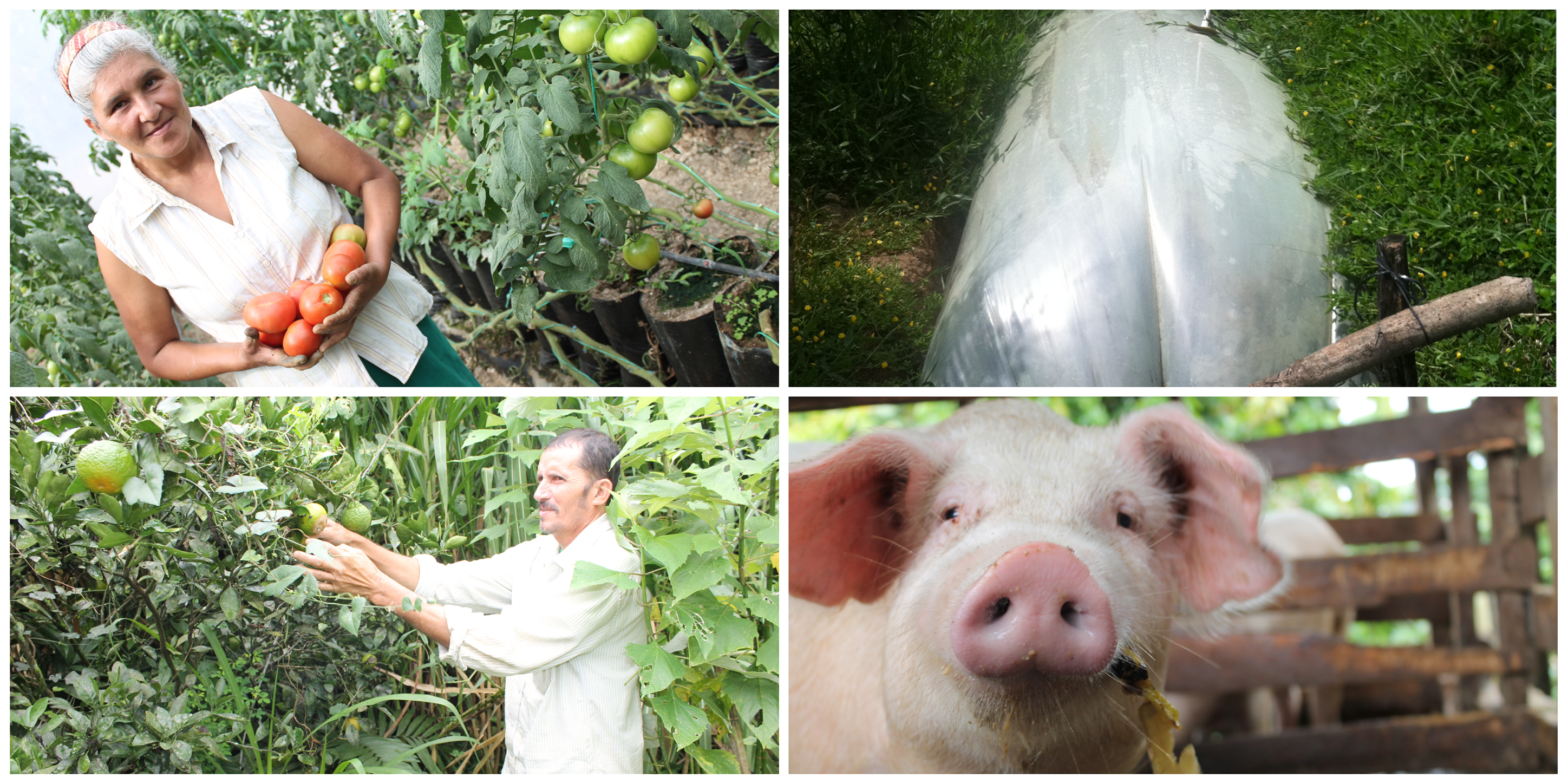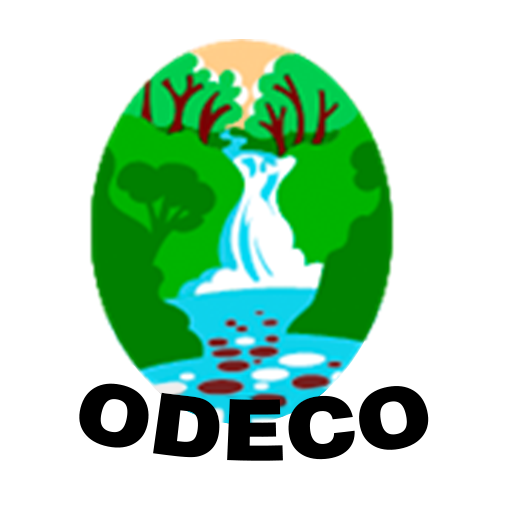An Overview Of Our Solution
- Population Impacted:
- Continent: North America
Organization type
Population impacted
Size of agricultural area
Production quantity
People employed
Describe your solution
Describe your implementation
External connections
What is the environmental or ecological challenge you are targeting with your solution?
Describe the context in which you are operating
In Honduras, more than 50% of the population is located in rural areas. The intervention work was developed in three municipalities in the west of the country. The municipalities of Corquín, San Pedro Copan and Belén have a human development index (HDI) of 0.642, 0.646, 0.577, an illiteracy rate of 20%, 17%, 27% and a poverty rate of 50%, 45%, and 73%, respectively.
The economy of rural families is mostly subsistence, based on agriculture. Most producers persist with inadequate agricultural practices. San Pedro de Copán and Corquín focus their production on coffee and Belén Gualcho Ocotepeque to the growth of vegetables and basic grains. Access to resources; Land, water and financing is limited. This productive trend has generated food insecurity. The estimated basic basket consists of 24 products. Due to the low diversity of food and socioeconomic factors, the prevalence of malnutrition is 20 to 26%. Local governments supported by ODECO / OXFAM have designed and implemented public food security policies. These processes are the product of the participation of different sectors, promoting conditions of empowerment and monitoring of actions, becoming a model of municipal budget planning, making good use of livelihoods in an inclusive manner of sustainable development.
How did you impact natural resource use and greenhouse gas emissions?
Language(s)
Social/Community
Water
Food Security/Nutrition
Economic/Sustainable Development
Climate
Sustainability
Implementation depends on external cooperation funds and efforts, NGOs, municipalities, CRAC, labor and family resources. However, the economic sustainability of the integrated farms depends on the constant work of the beneficiaries, access to funds in CRAC, access to local, regional and national markets, farmer fairs to commercialize production in order to increase income that contributes to farm and family sustainability.
Return on investment
Entrant Image

Entrant Banner Image

